Long days, unlimited play dates [1], higher temperatures, and relaxed bedtimes [2] are just a few of the long-awaited summertime perks children dream of all school year-long. While every child's Summer holiday looks a little different — from sleep-away camp [3] to family vacations [4] — water is definitely a common denominator for everyone.
While lounging poolside [5] and taking a dip in the ocean are relaxing ways for families to spend a Summer day, it's still tough to ignore the fact that there are serious safety risks [6] — and even fatal consequences — that can occur while kids are in, on, or around any body of water. But fortunately for parents, there are a ton of water safety tips that can be practiced whenever your child is swimming (or even near water in general), so that everyone can stay safe [7] while still having fun this Summer.

Start a Child’s Water Education ASAP
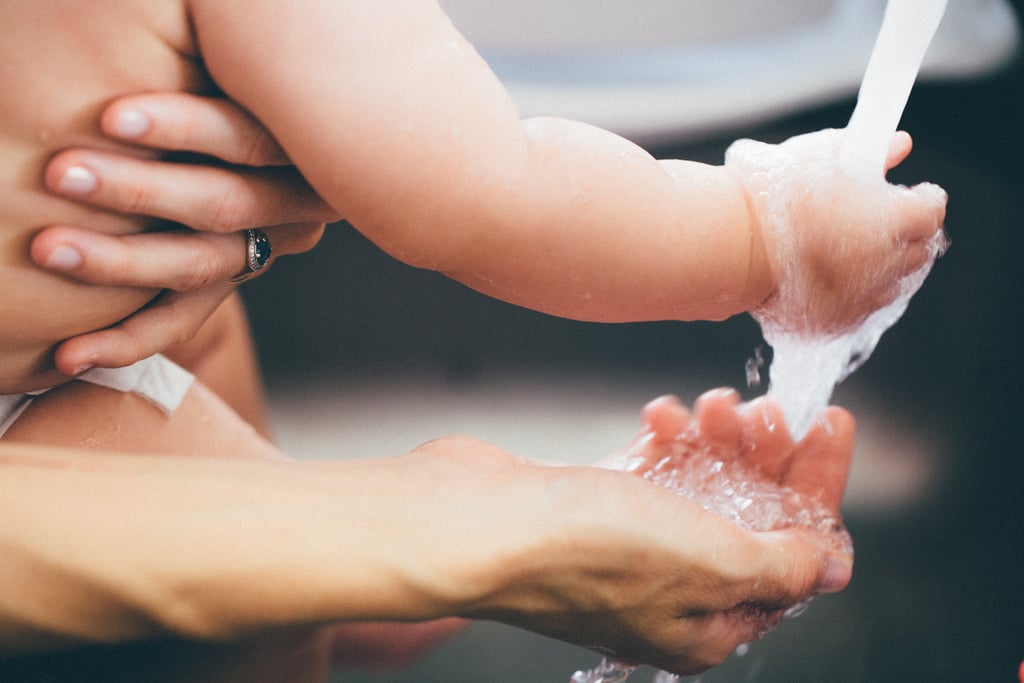
"Water education beings when you start to understand water safety, the power of water, and what bodies of water are — not just when a child starts swim lessons," Angela K. Beale, PhD, member of the American Red Cross Scientific Advisory Council [9], and Assistant Professor and Director of the Kinesiology Physical Activity Program at Temple University, tells POPSUGAR.
A Child Can Start Swim Lessons as Early as 6 Months Old
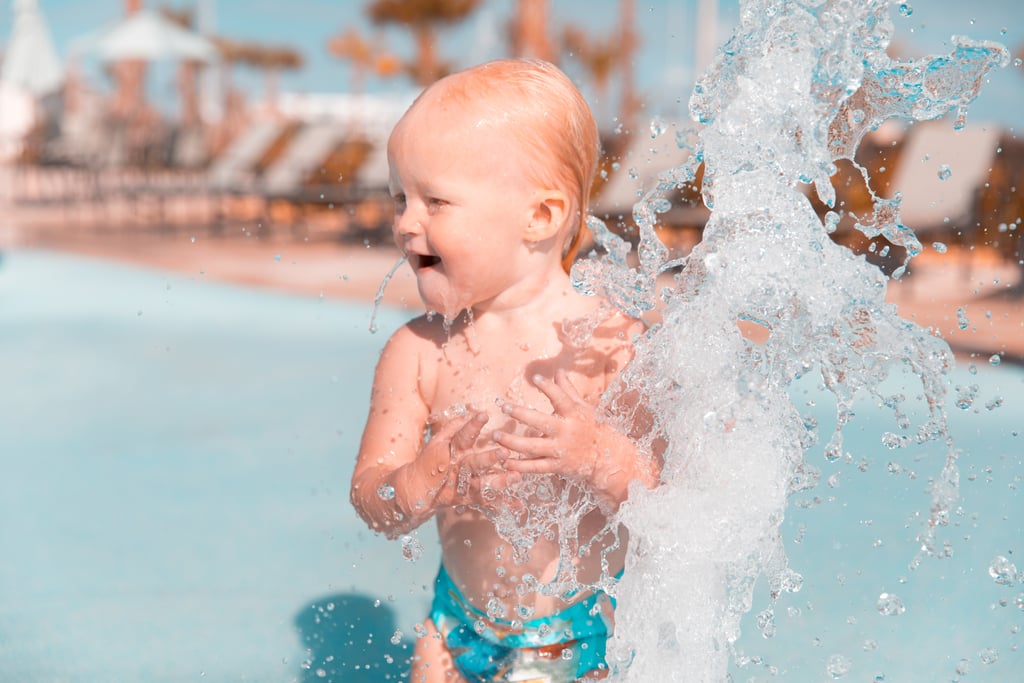
Water acclimation teaches even small infants about basic water skills, which means parents can take advantage of swim lessons once their infant hits the 6-month mark. "Children can begin swim lessons, according to the American Red Cross curriculum, at 6 months old," confirms Dr. Beale. "These types of water acclimation, learn-to-swim classes are a great place for parents to learn the basics of water safety and learn how to actively engage on, in, and around water with their child."
But Don’t Rely on Swim Lessons Alone
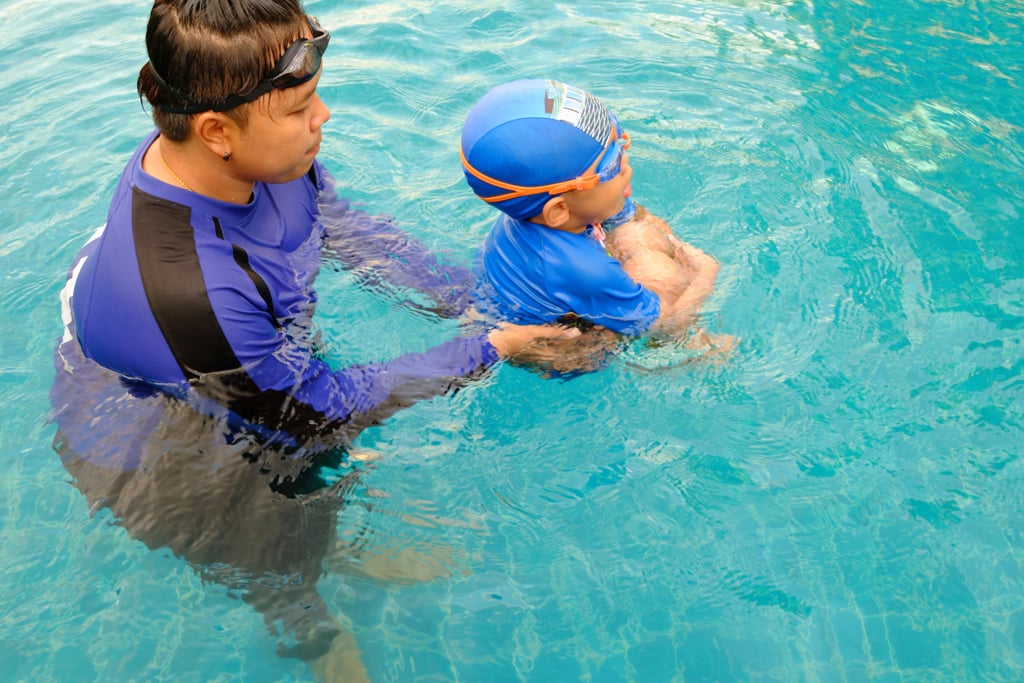
Enrolling your child in swim lessons is a great start for teaching them water safety skills, but that doesn't mean they're automatically safe from the dangers of water. Unpredictable and dangerous situations can arise at any time, so even if your child is a great swimmer, be aware that anything can happen.
A Child Can Drown in Even Small Amounts of Water
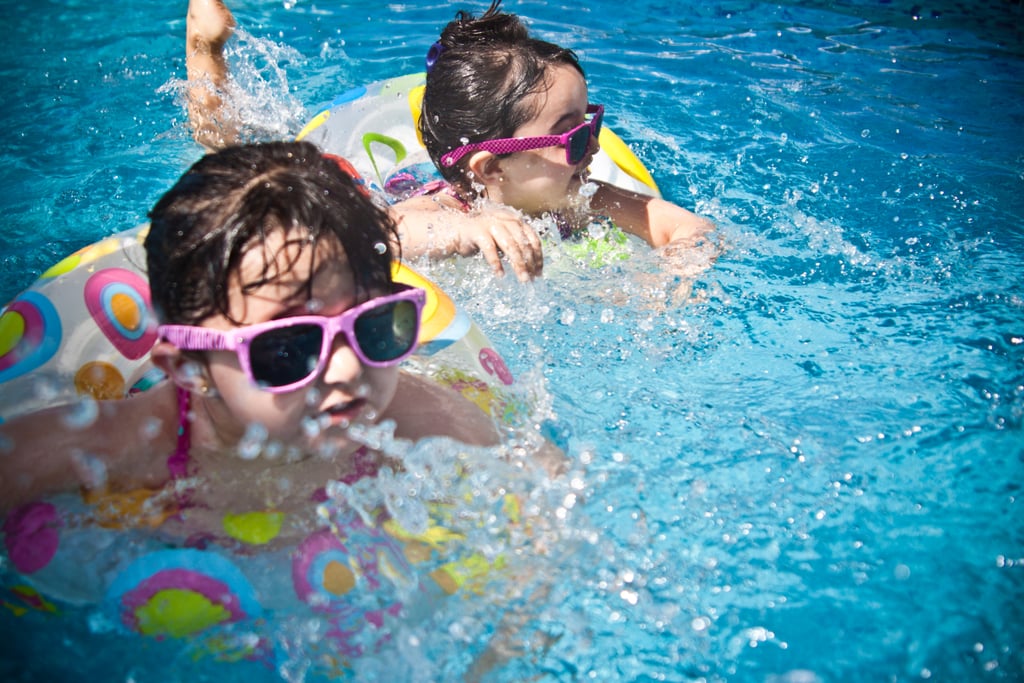
Yes, it's possible for children to drown in even the shallowest of water — not just in a lake, pool, or ocean. "It's important to understand that supervision is necessary around any body of water, whether it's water in a kiddie pool, toilet bowl, or even a bucket of water," stresses Dr. Beale.
Children Should Always Swim in a Supervised Area

A certified lifeguard should be on duty before a child swims in a lake, pool, or the ocean. Although it's not advised by the American Red Cross, in the event that a lifeguard isn't there and children are swimming at their own risk, a parent should be supervising.
Receive Proper Water Safety Training Before Bringing a Child Around Water
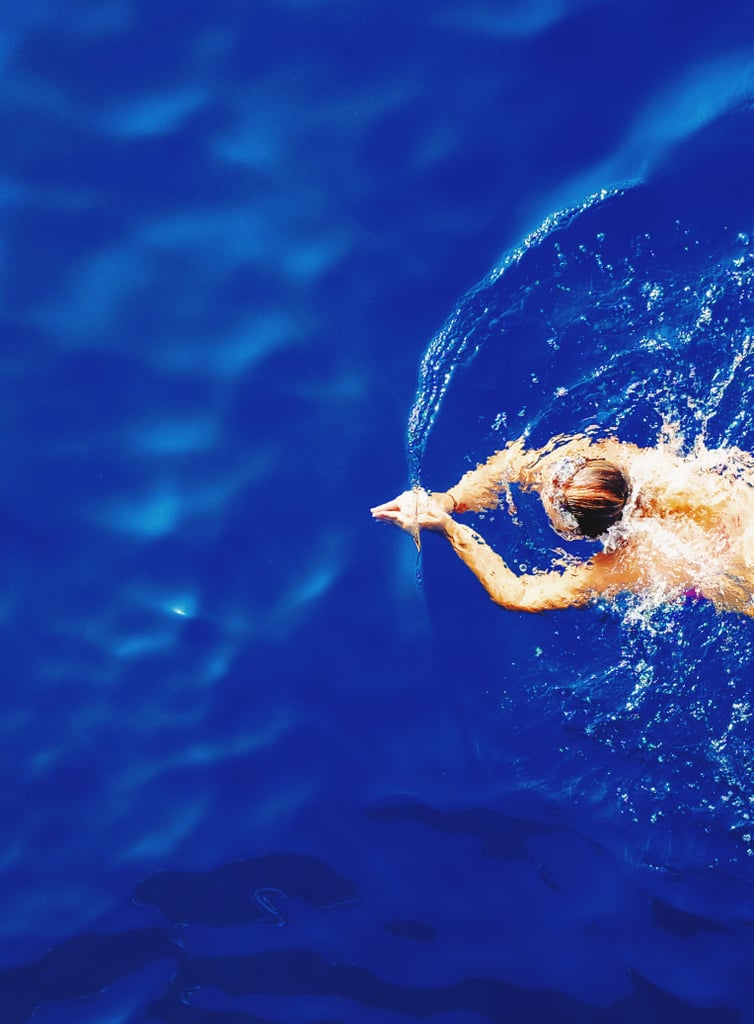
"Parents should receive proper water safety training before they take their child near any body of water," advises Dr. Beale. "Parents should strongly consider becoming lifeguard certified, a basic water safety instructor, or a water safety attendant." Parents can receive all of this training through the American Red Cross [10].
Children Should Not Rely on Each Other for Help
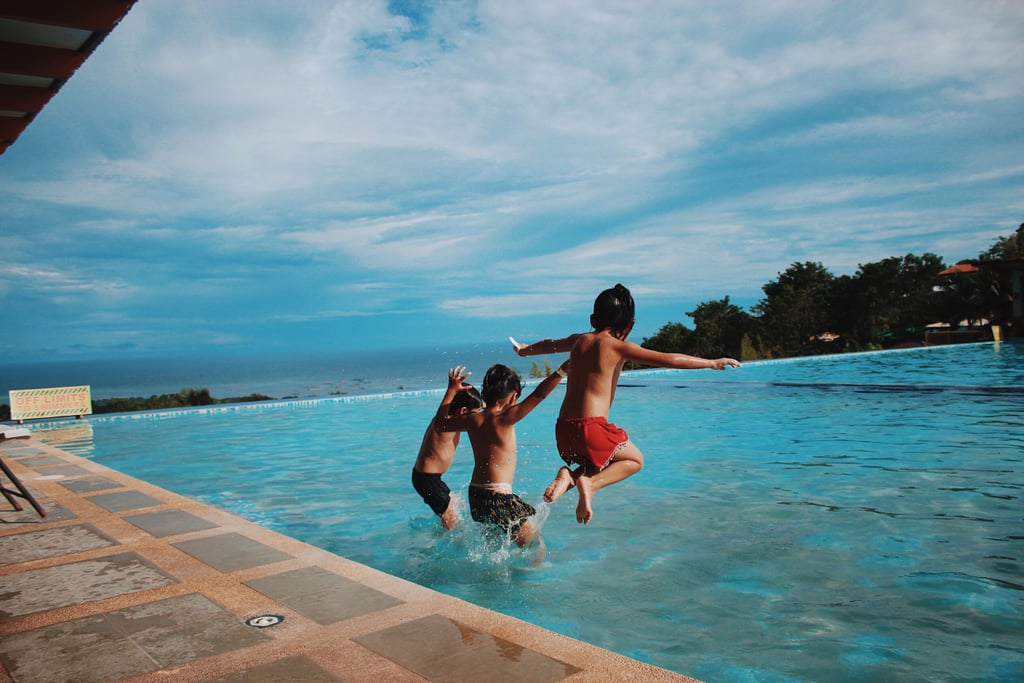
Even if there are multiple children who know how to swim, they can't be trusted to help one another in the event that one child begins drowning, becomes unresponsive, or gets injured while in the water. It's doubtful that a small child will know what to do in the event that another child is unresponsive and there is no adult present.
Know What to Do If Drowning Occurs
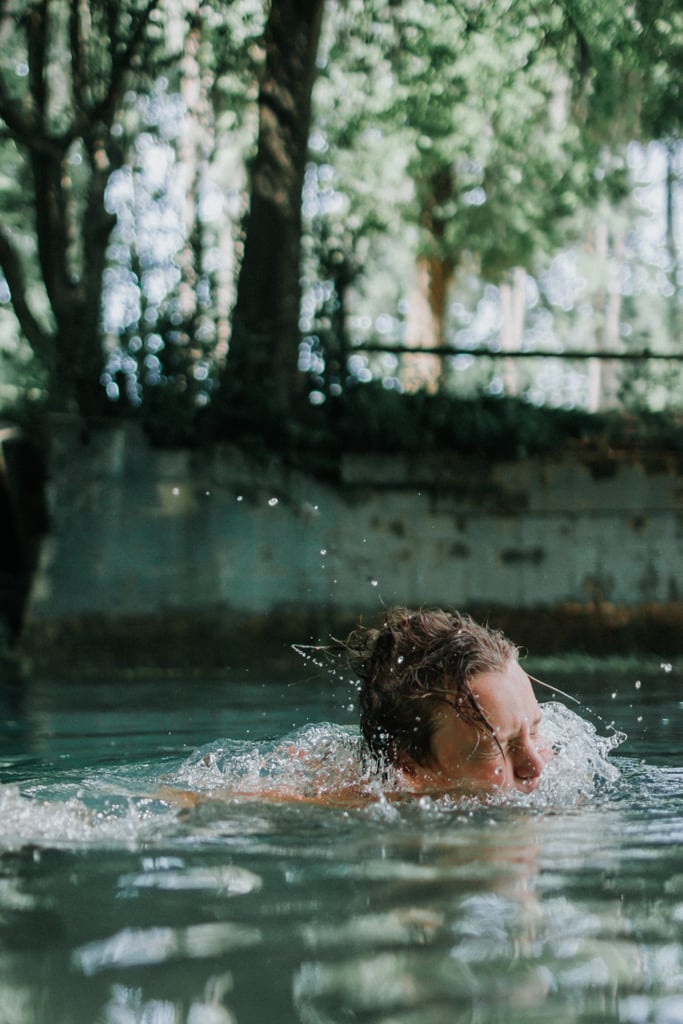
When a child is drowning, it can be easy to panic. The American Red Cross advises parents to follow the Red Cross Chain of Drowning Survival [11], which lists the steps to take if someone is in distress in the water.
Always Clean Up Pool Toys After Use
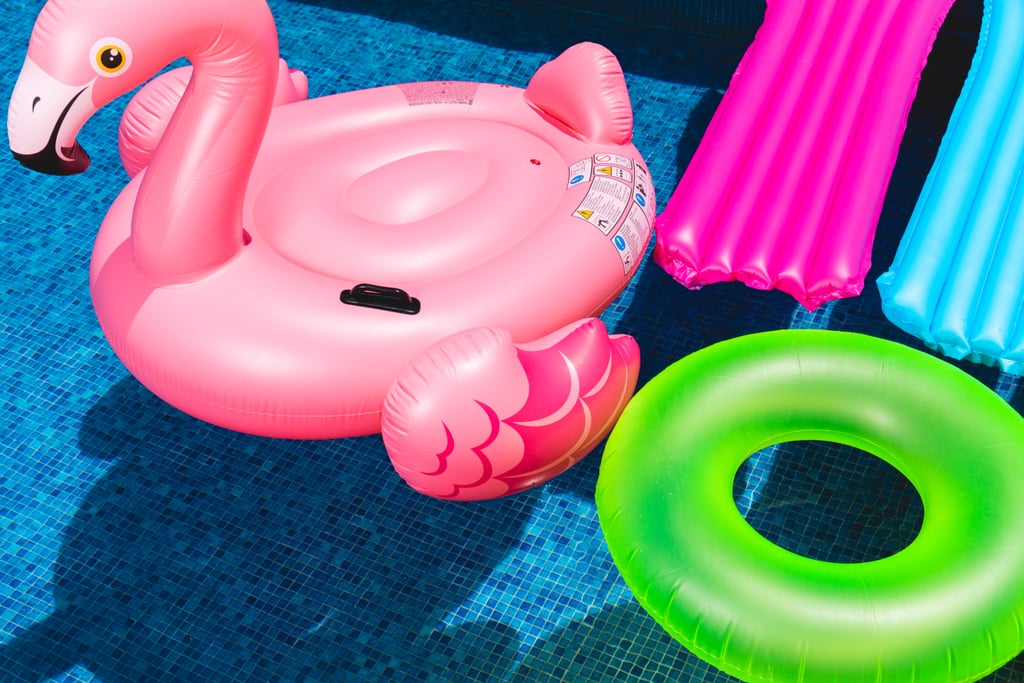
It might be annoying to wrangle up the mess after a long day of watching kids in the pool, but pool toys should always be placed out of sight after use — they can lure and attract children to the pool when no one else is around.
Only Use US Coast Guard-Certified Life Jackets and Floatation Devices
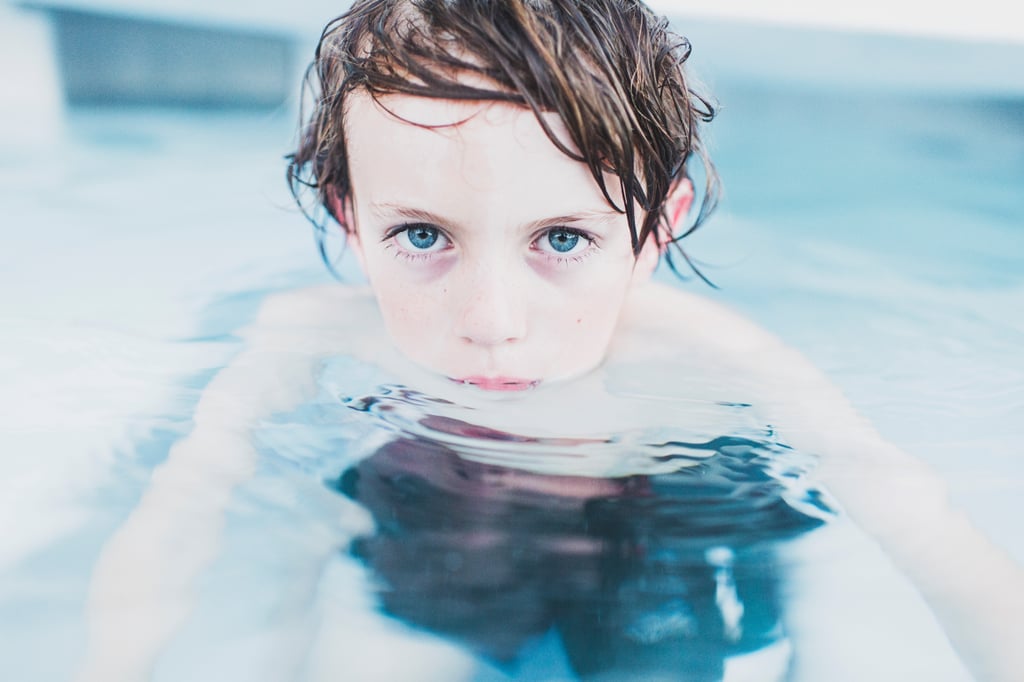
The American Red Cross recommends that children and adults wear and use only United States Cost Guard-certified life jackets and floating devices. "Any life jacket or floating device that's certified by the US Cost Guard will have a stamp saying so on the inside of the product," says Dr. Beale.
Pool Fences Should Be at Least Four Feet High
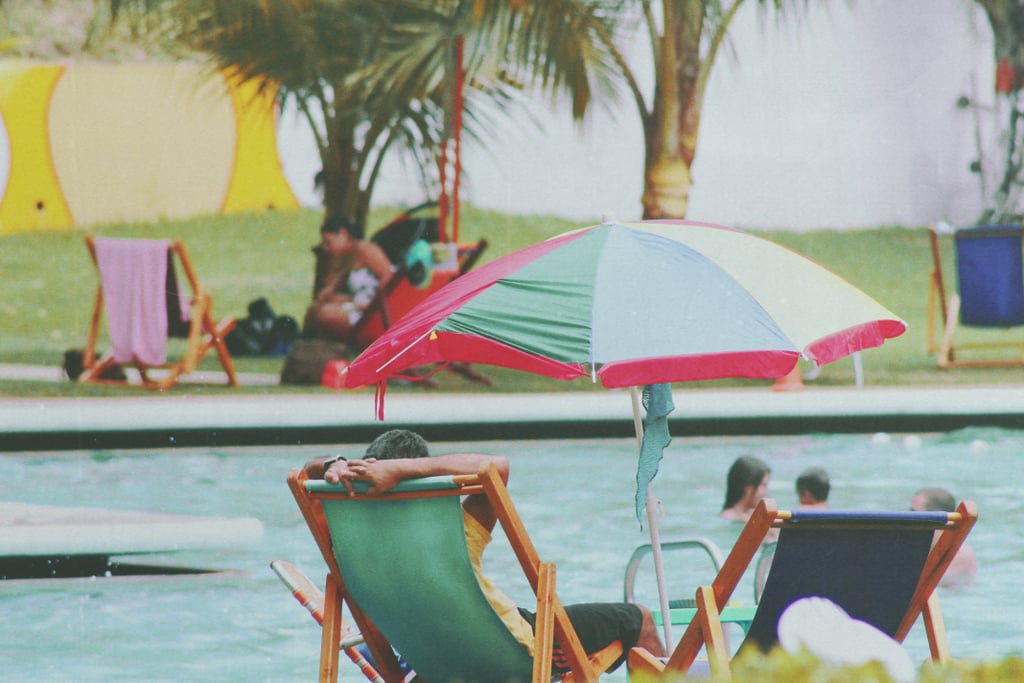
The American Red Cross advises that pool ladders or barriers be at least four feet high [12] and have a self-closing and self-latching gate. This makes it harder for young children to enter the pool area unattended.
Always Be Within Arm’s Reach of a Child in Water
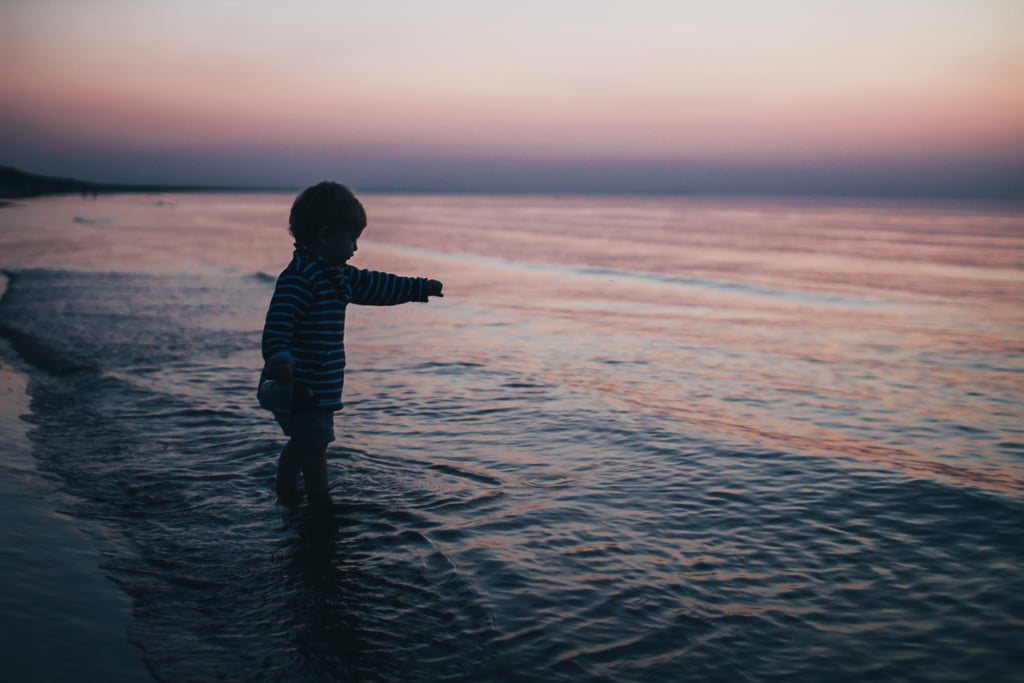
When it comes to water safety, Dr. Beale stresses that "it's all about prevention," stopping a harmful situation before it can even happen in the first place. "A child should always be within arm's reach and close to their parent at all times," she continues.
Set Rules and Boundaries With Kids Before Swimming
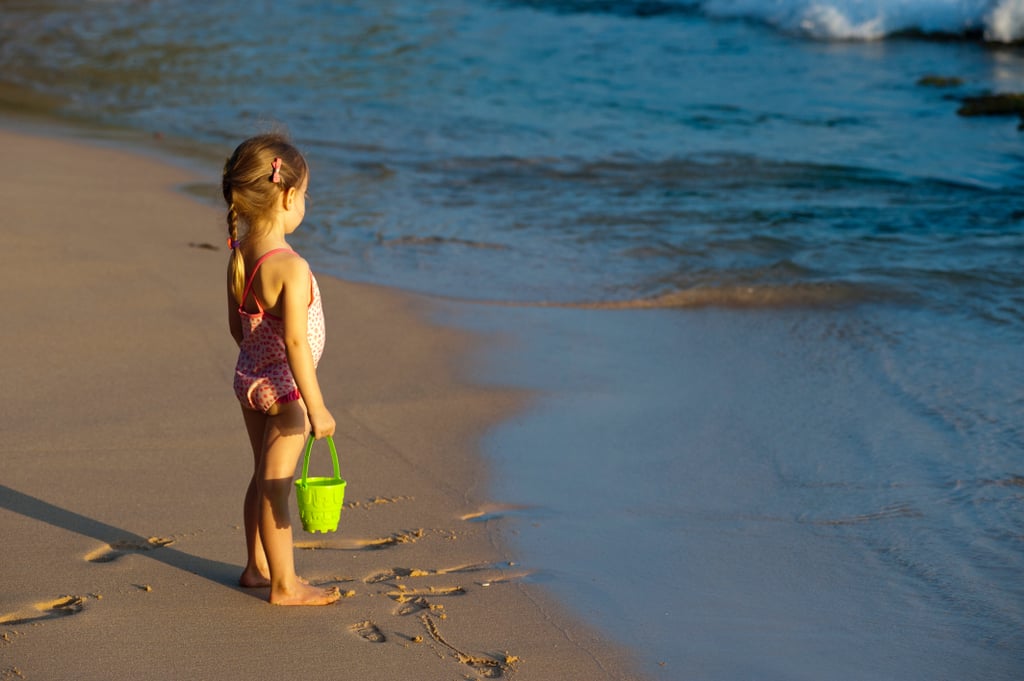
"Parents should know their own limitations as well as their child's limitations, swim in safe areas, and learn how to handle common water hazards," says Dr. Beale. "It's crucial to always set boundaries and discuss water safety with children before you go anywhere near water."
When a Pool Is Not in Use, Remove the Ladders and Keep It Covered
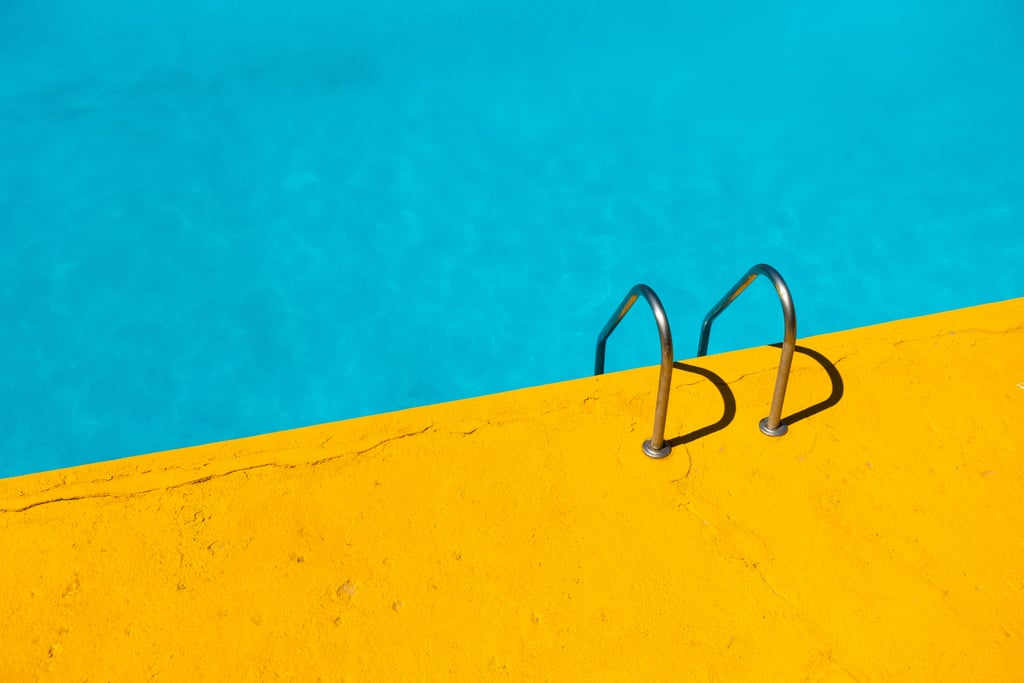
Keeping the pool covered and removing any means of access is one of the best ways to prevent drowning altogether, which is especially true for above-ground pools that are not necessarily gated.
Drain Kiddie Pools While Not in Use
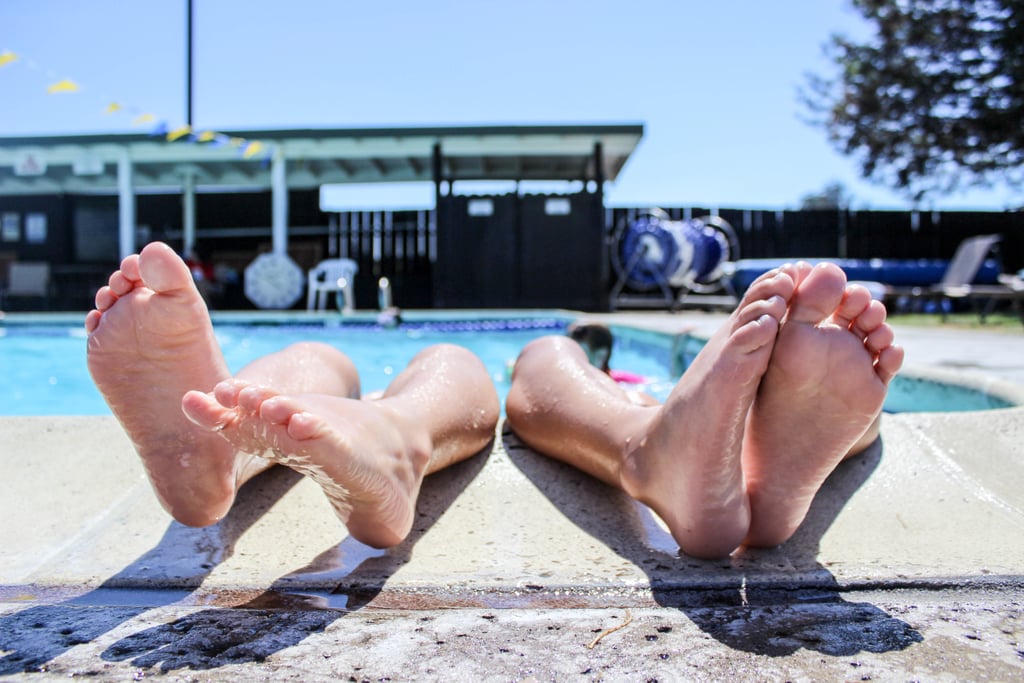
It might be a small amount of water, but children can still find their way into a kiddie pool and be at risk for drowning if it's still full of water after being used.
Become CPR/AED Certified
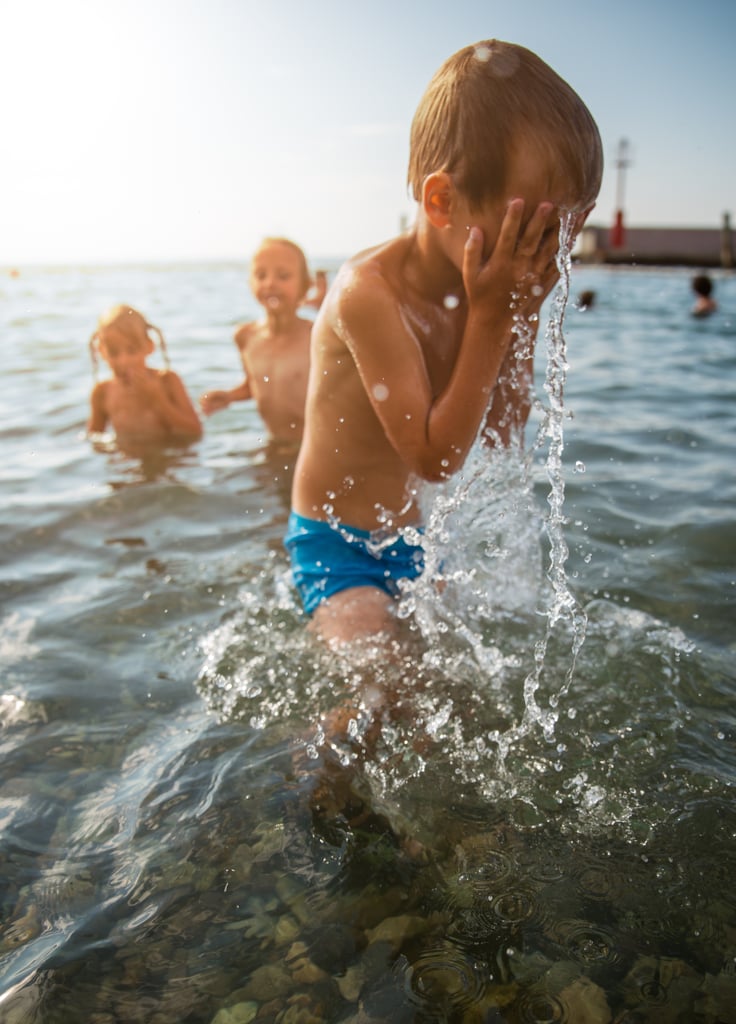
Whether you're around water or not, it's always a good idea to become certified in cardiopulmonary resuscitation (CPR) and learn how to use an automated external defibrillator (AED). Both types of training make all the difference while a parent is trying to save a child's life.
Keep a Safety Floatation Device Near the Water
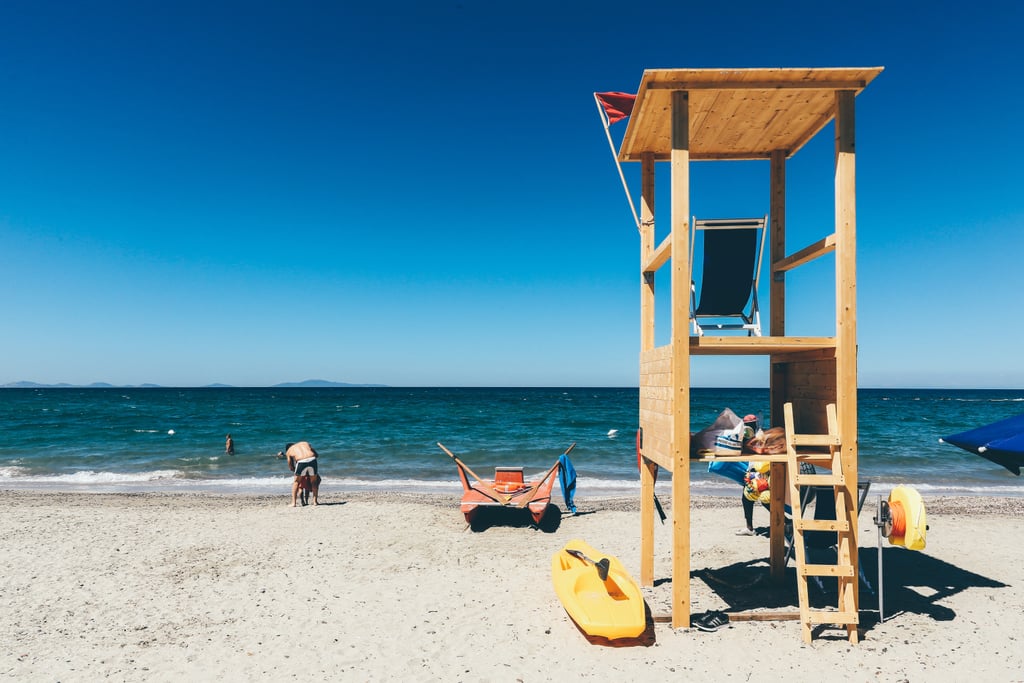
Safety flotation devices are objects that can be used to scoop struggling kids out of the water, like a raft or skimmer. Always keep one near the pool, lake, or ocean where you're swimming.
A Personal Floatation Device Does Not Substitute Parental Supervision
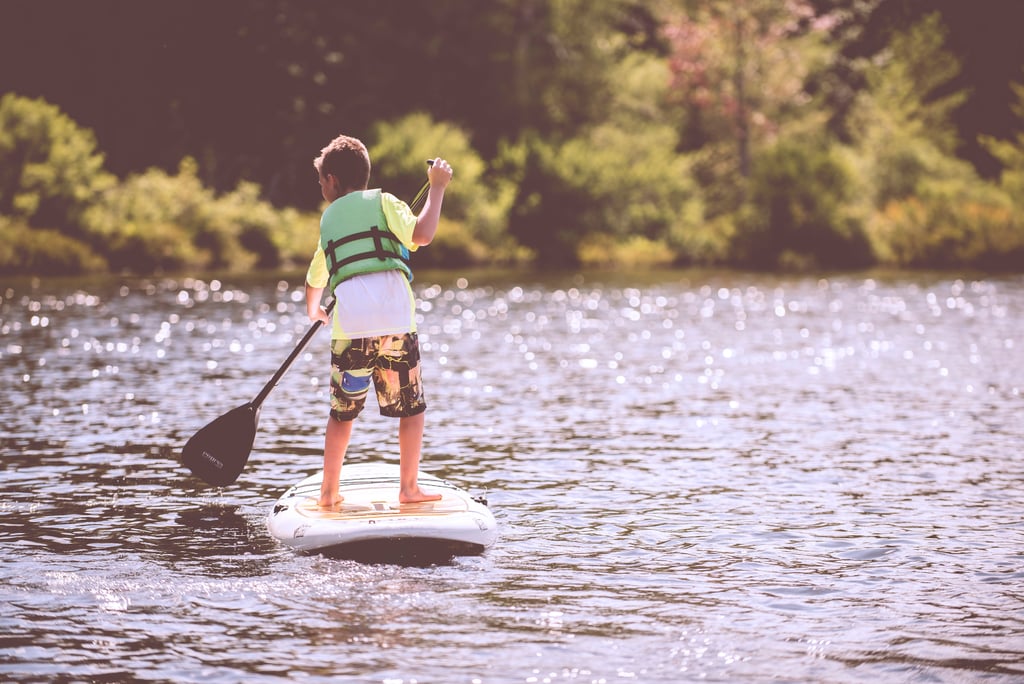
"Personal flotation devices will always do their jobs, but it doesn't mean the child can't drown while wearing one," warns Dr. Beale. "Infants are still developing their own motor skills. A child who cannot control themselves physically could still potentially drown while wearing a personal flotation device, because they do not have full control of their head, neck, or body."
If a Parent Can’t Swim, They Should Still Be Water Smart
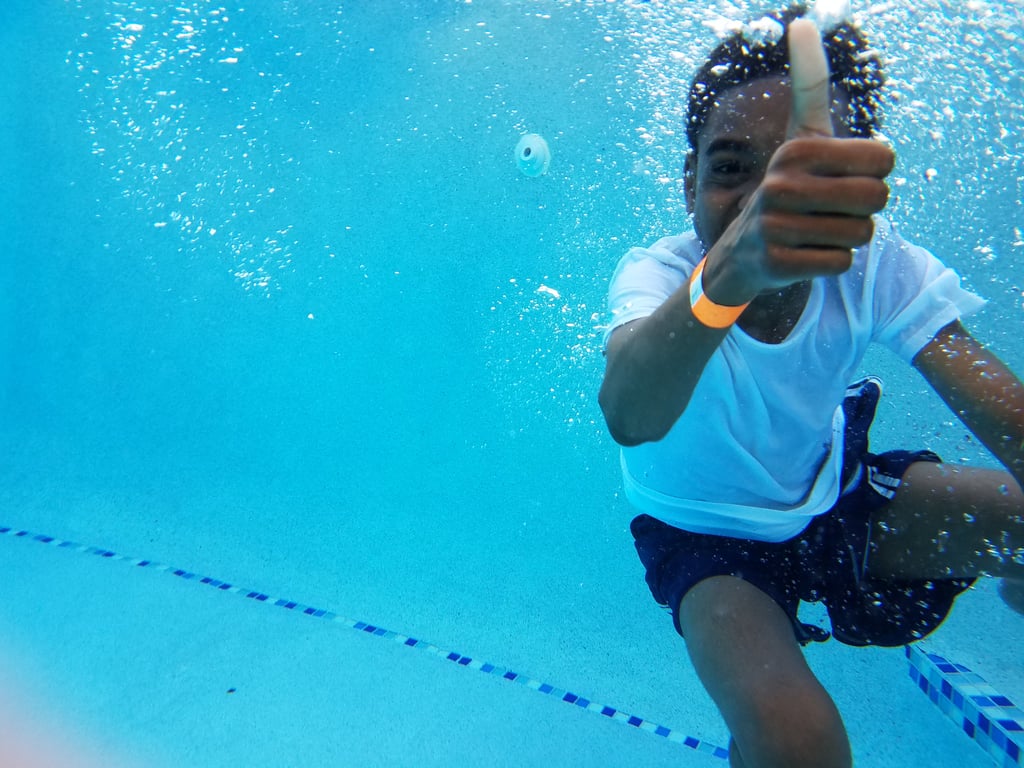
It's not ideal for a parent who can't swim to supervise a child. However, the parent can still receive water safety training and become aware of the best water safety practices so that they're as helpful as possible in the event that a harmful situation arises.
Become Water Confident
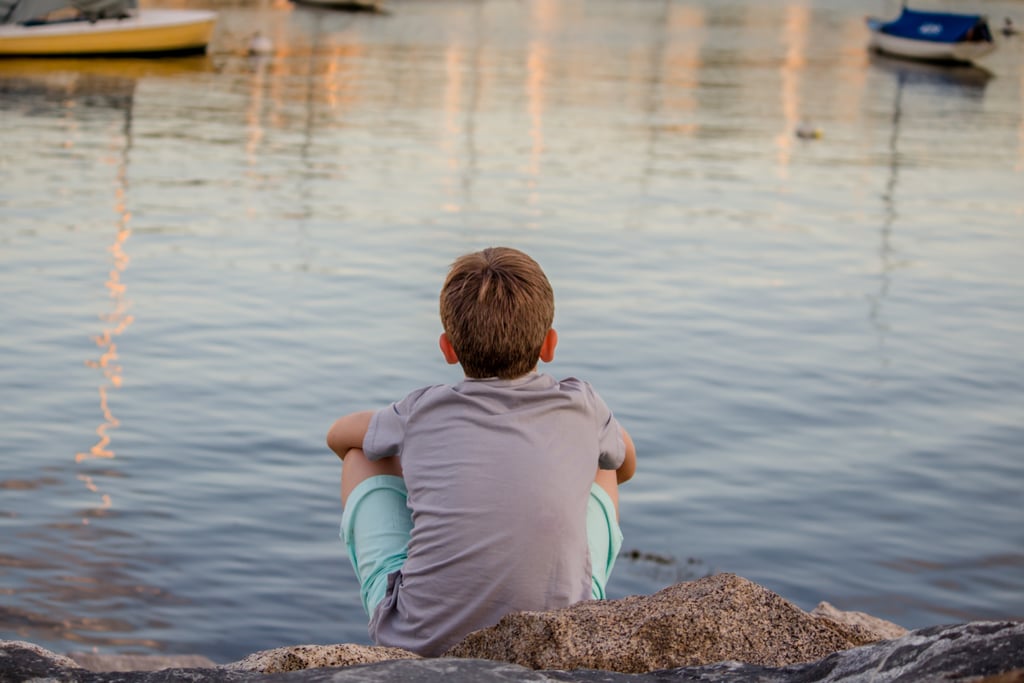
Parents who take the time to become trained, certified, and educated about water safety will feel that much more comfortable around water, knowing that they are equipped to deal with a dangerous situation. When a child sees that a parent is confident around water, it boosts their confidence level as well.
Only Enter the Water to Rescue a Child If You're Certified to Do So
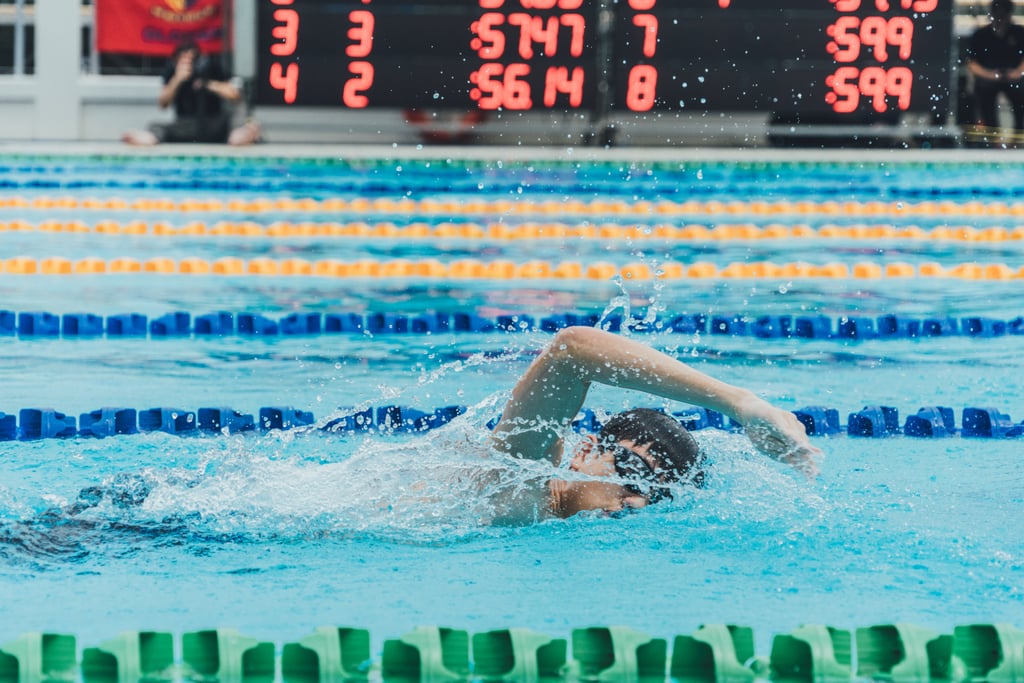
"If a parent is not certified or trained to save the drowning victim, it can result in multivictim drowning," says Dr. Beale. "This puts the child's and parent's safety at risk."
Be an Active Water Watcher

Always avoid distractions when a child is around the water (smartphone included).
Utilize Online Resources and Apps
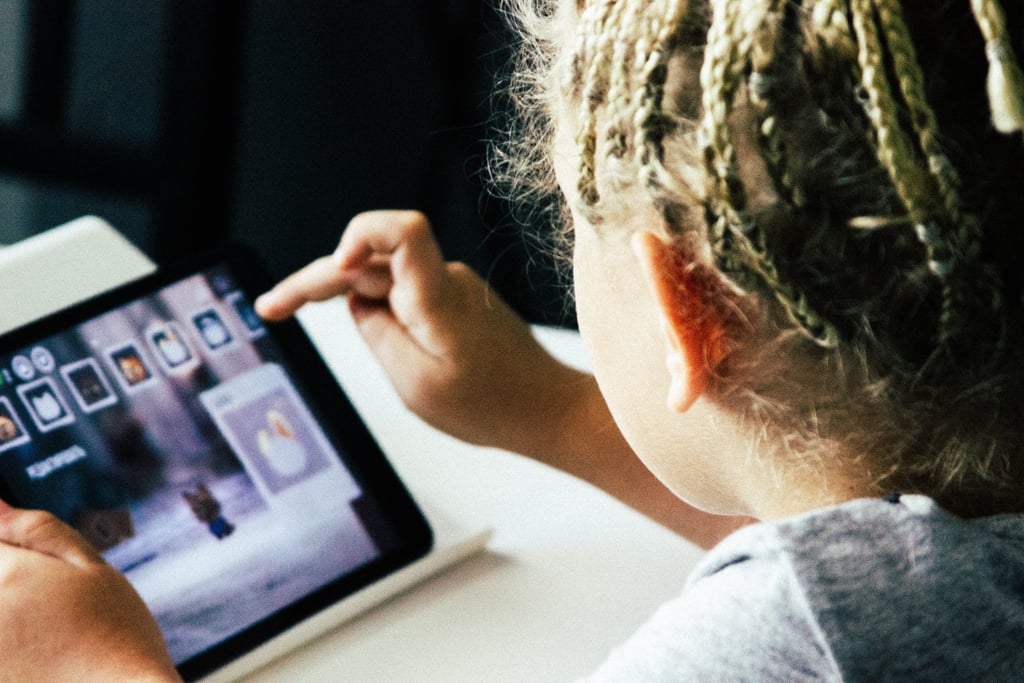
"Learning how to swim is an ongoing process," says Dr. Beale. The American Red Cross has a free app [13] with water safety tips and resources for parents and caregivers.
Be the First Line of Defence

Even when a parent brings their child to a supervised body of water, lifeguards and swim instructors are not there to babysit them. "A parent is the first line of defence from the minute they put their child in, on, or around water for the very first time," says Dr. Beale. "Understand that in an aquatic environment, lifeguards have huge responsibilities — create an environment of safety as a parent, even when there are lifeguards around."